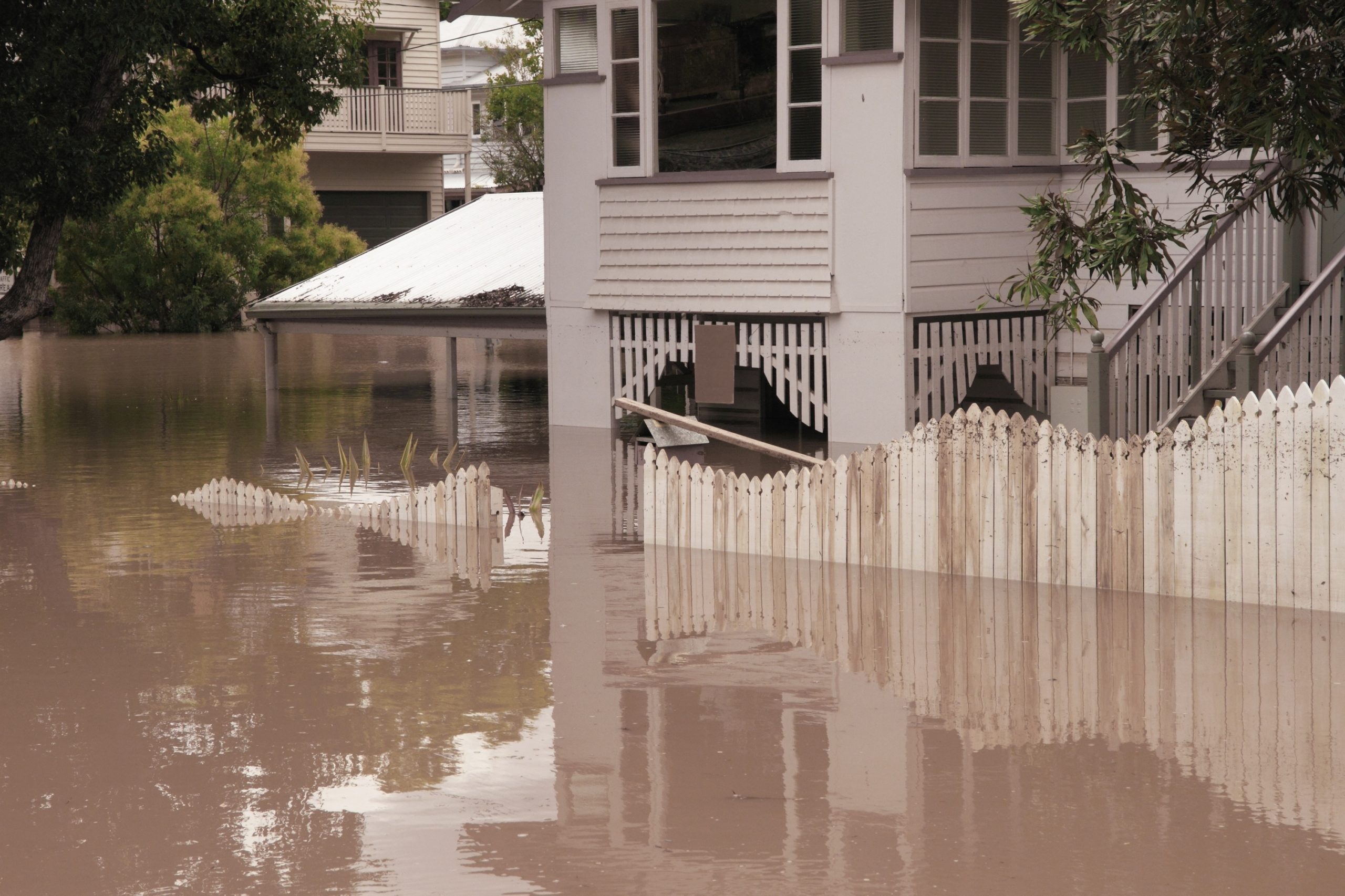Flood Zones- What Are They and How to Prepare

With hurricane and monsoon season fast approaching, it’s important to understand the dangers that come with living in a flood zone. A recent article from the Washington Post revealed that last summer alone, nearly 1 in 3 Americans experienced some form of weather disaster- including severe storms, floods, and hurricanes. In this blog post, we’ll tell you how to determine if your home resides in a flood zone and some steps you can take to protect your family and assets.
Using the FEMA Flood Map, you can enter your home address and determine if you are in a high, moderate, or low risk area for flooding. Risk of flood is generally categorized by 5 flood zones, including A, B, C, D, and V. On some modern maps zones B and C are grouped together as zone X.
Know Your Zone
Zone A is the most common flood zone, encompassing areas at high risk of flooding that are not on the coast. If your home falls in Zone B, you are at moderate risk, while homes in Zone C are at minimal risk. Zone D is a possible risk with an undetermined threat level and Zone V is a flood hazard area at high risk for coastal flooding. Determine which flood zone your home lies in to take the appropriate precautions.
Stay Up to Date with your Zone
Now that you can identify what flood zone your home is in, stay up to date with the map. Weather is often hard to predict with accuracy, but with the FEMA map you have access to the latest and most accurate info.
Prepare
If you determine that you are at a moderate to serious risk for flooding, the best thing you can do is buy flood insurance. Believe it or not, damage caused by a flood is usually not covered by standard homeowners or renters’ insurance policies, and only 27% of Americans have flood insurance. It’s a good idea to consider purchasing flood sensors or a home security system that will notify you when water starts to creep in.
Remember- regardless of where you live there will always be a risk of flooding. Depending on your risk, many mortgage lenders even require flood insurance. Varying weather can influence the location and time your city might be vulnerable to a severe flood, so keep current on your FEMA map. The more knowledge you have the better you can prepare and protect your family!




